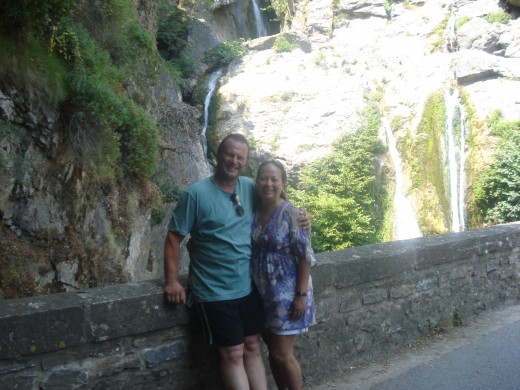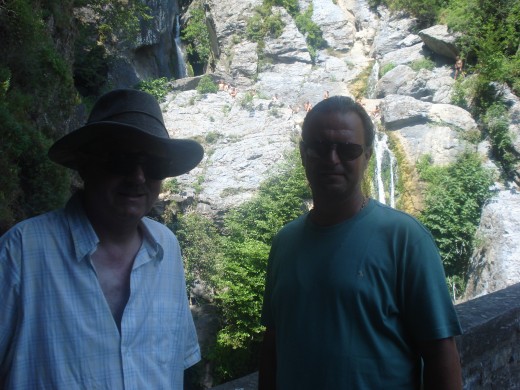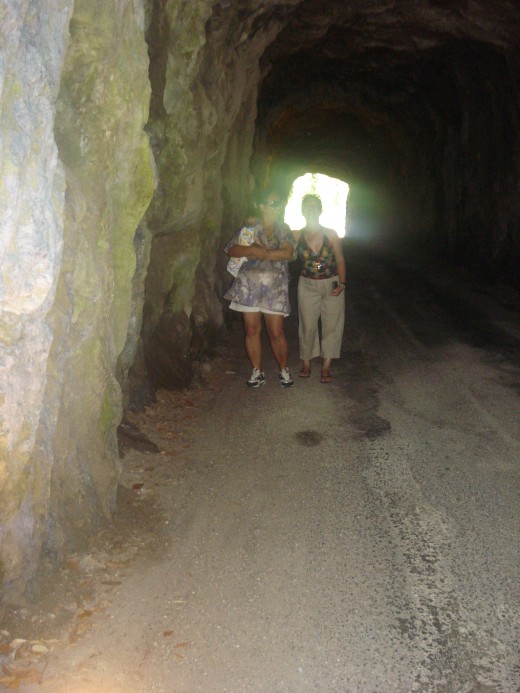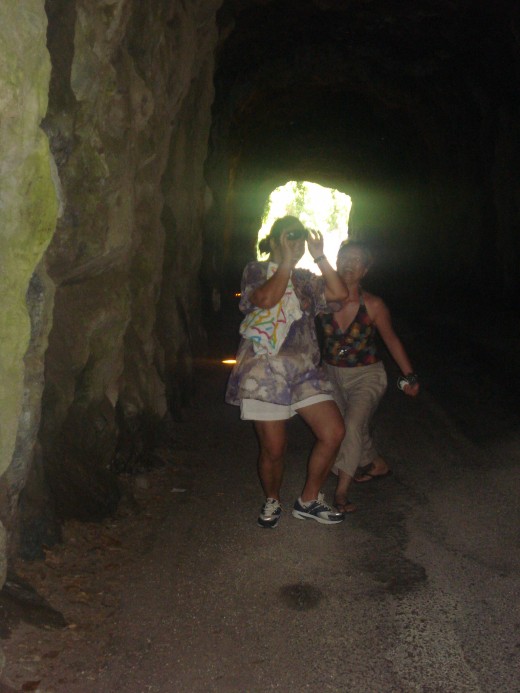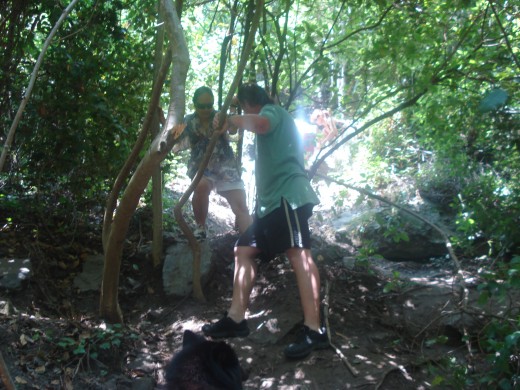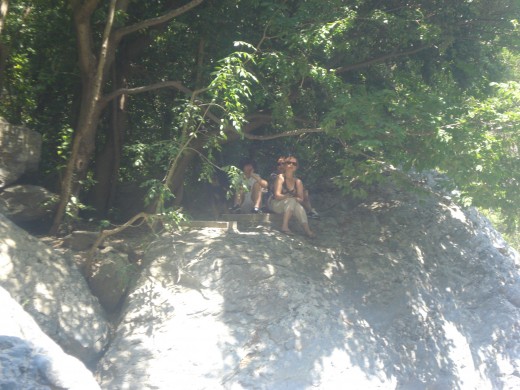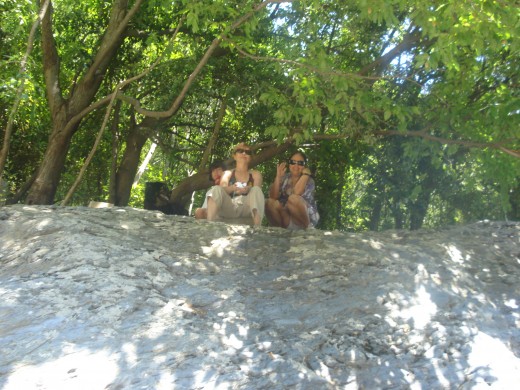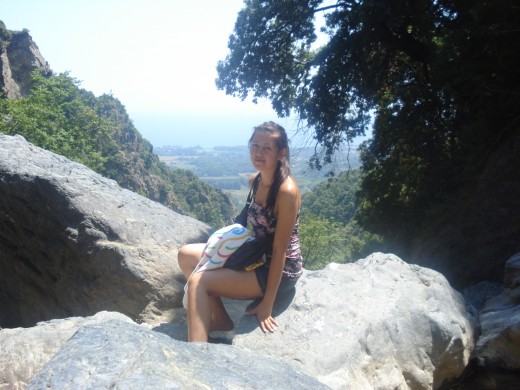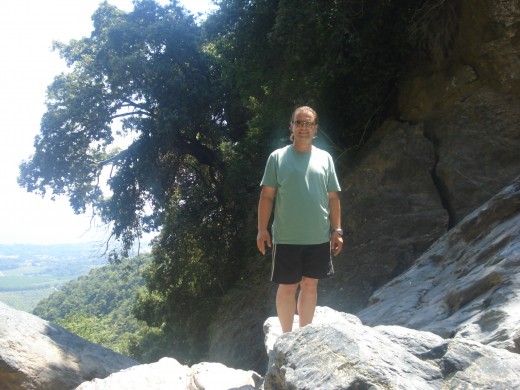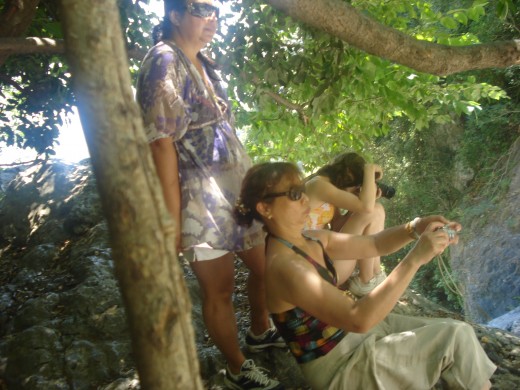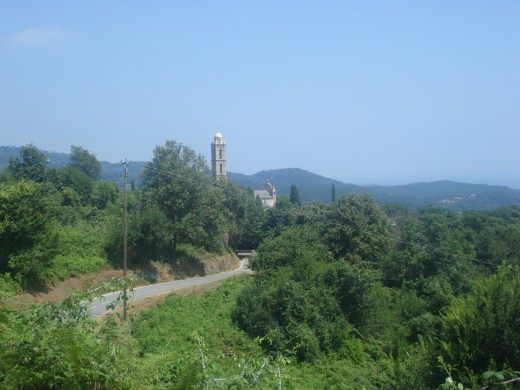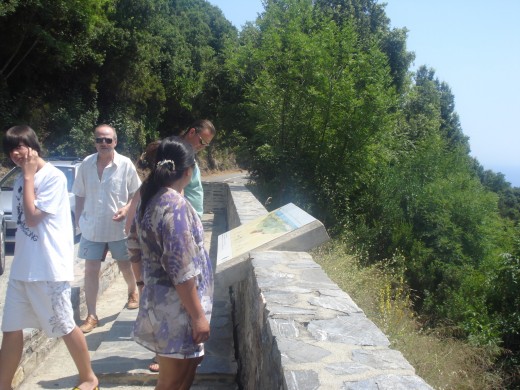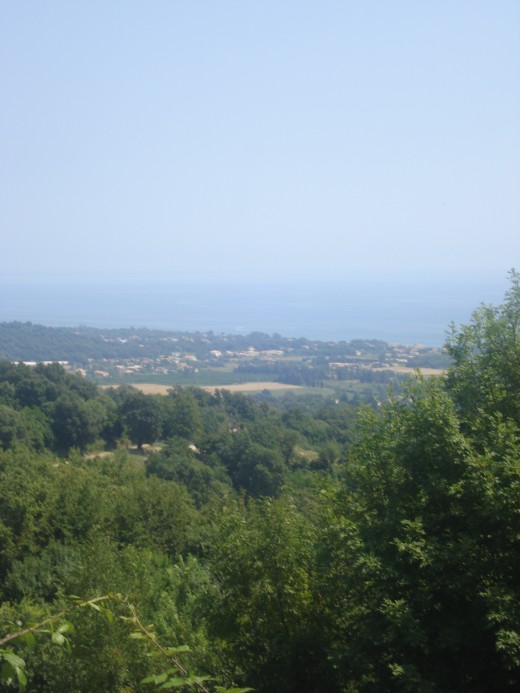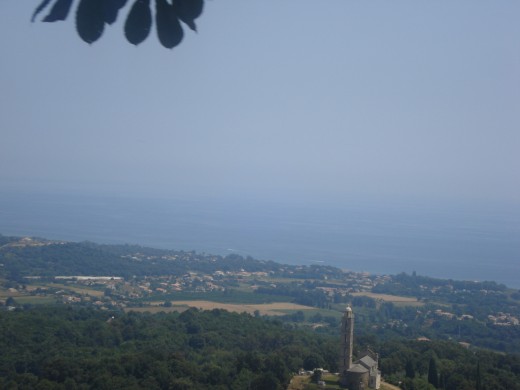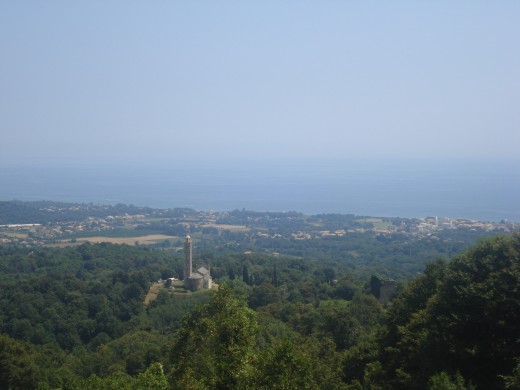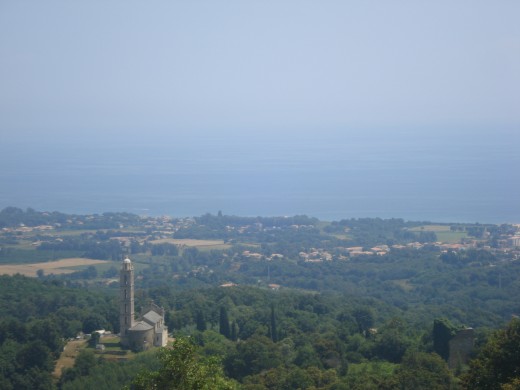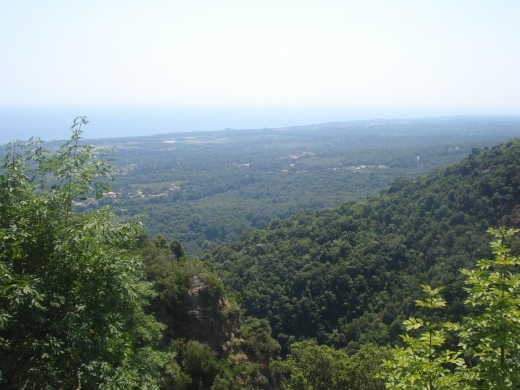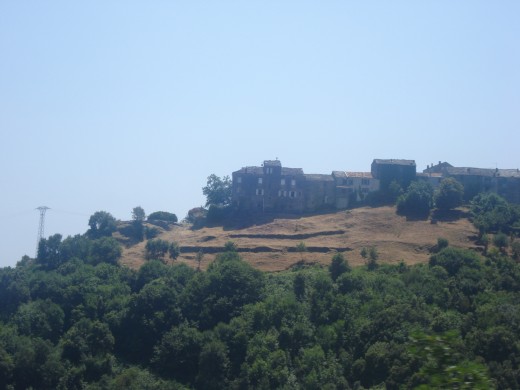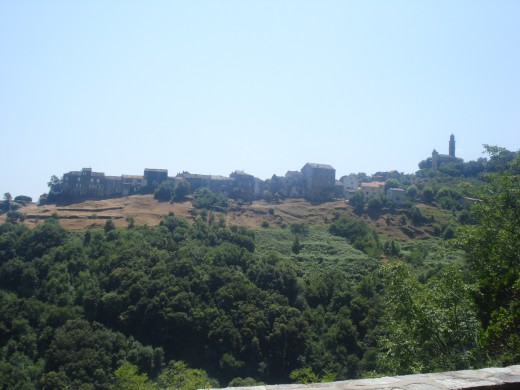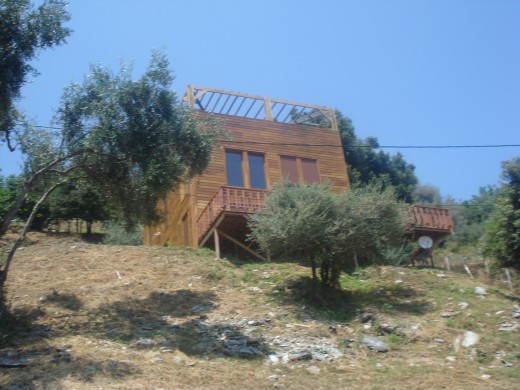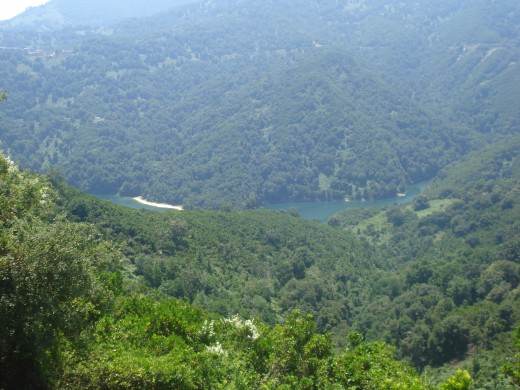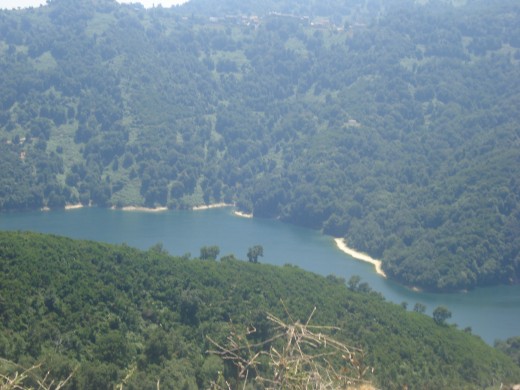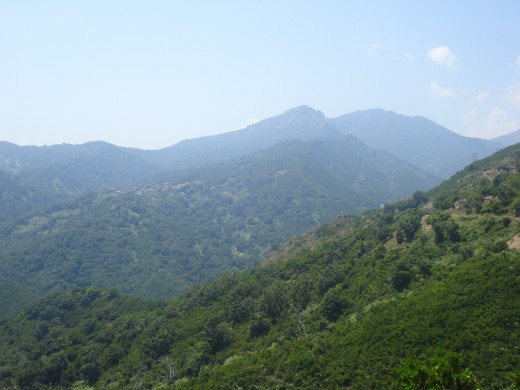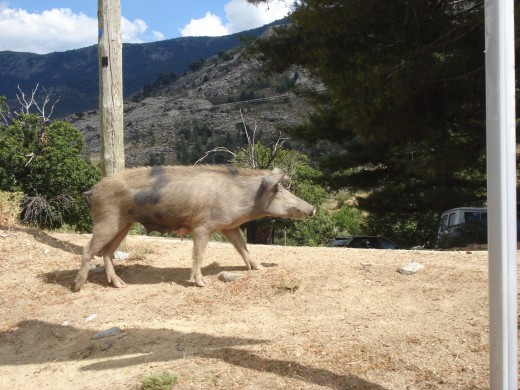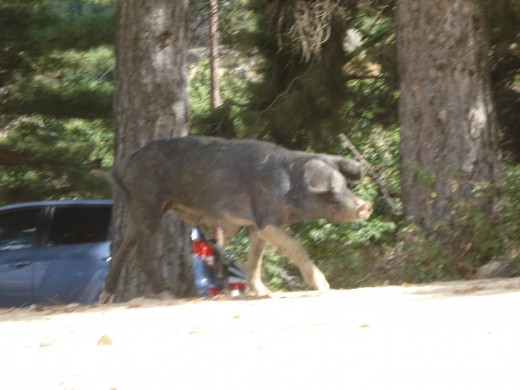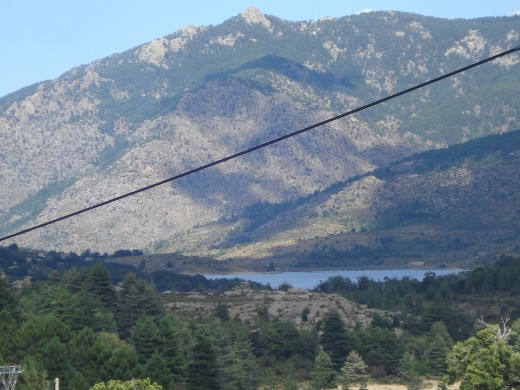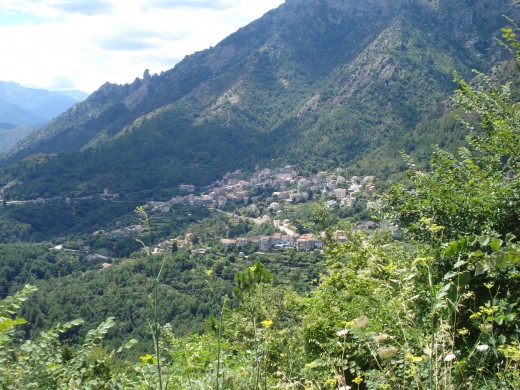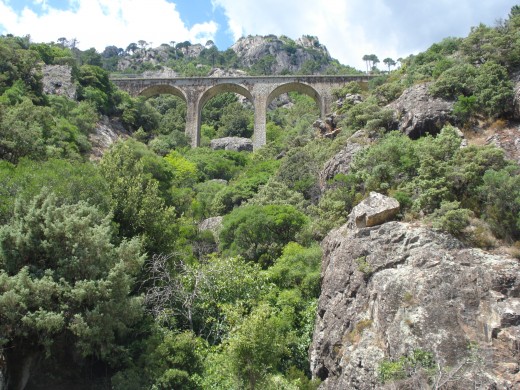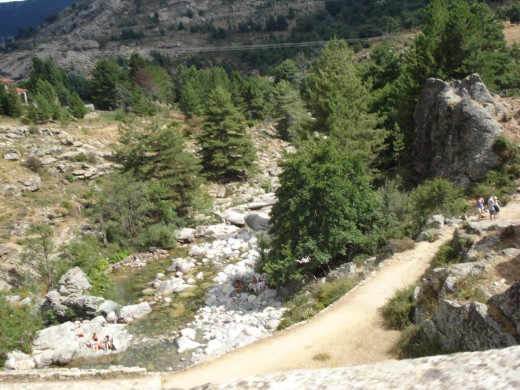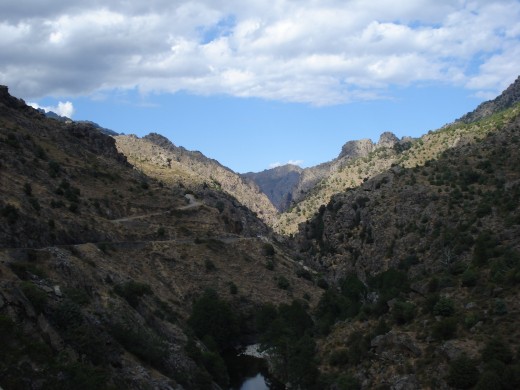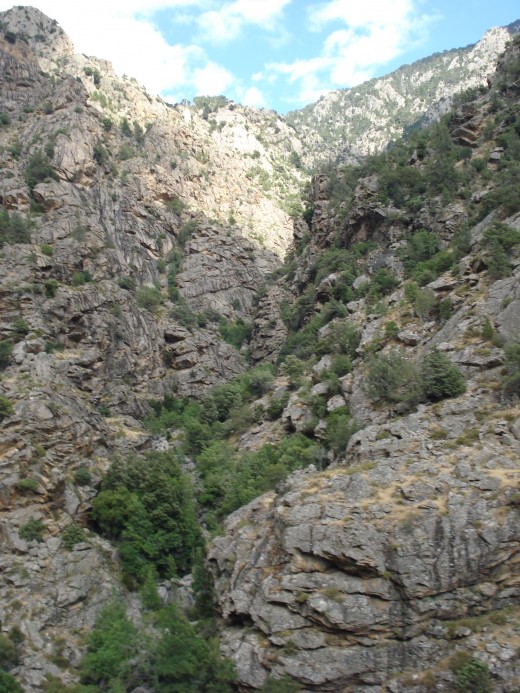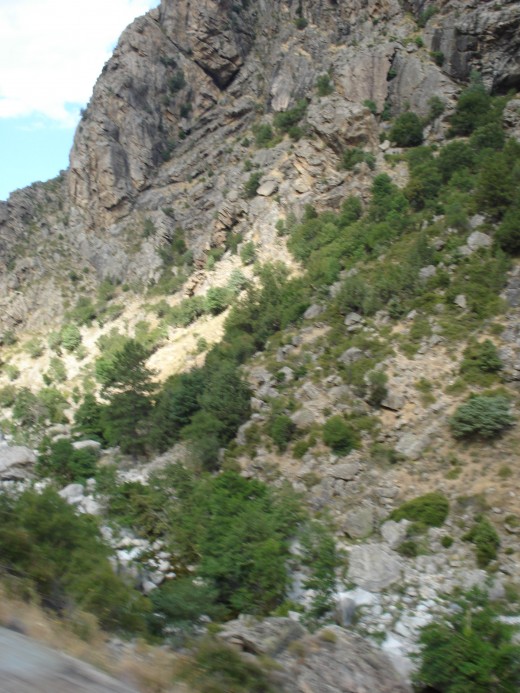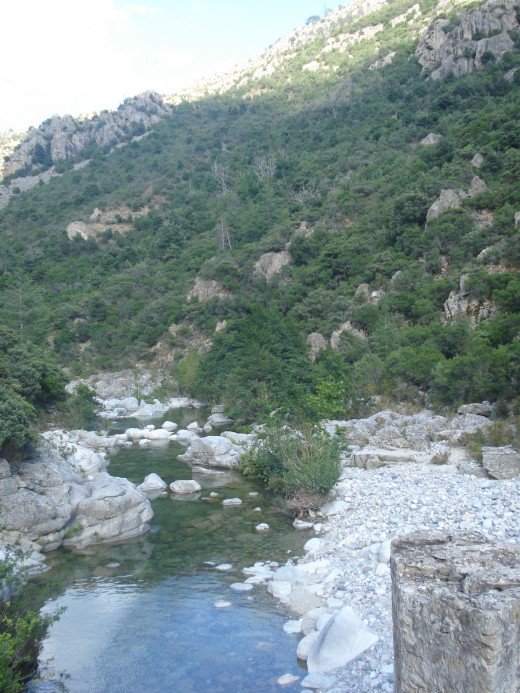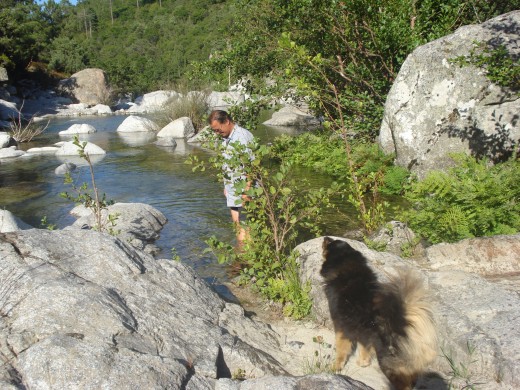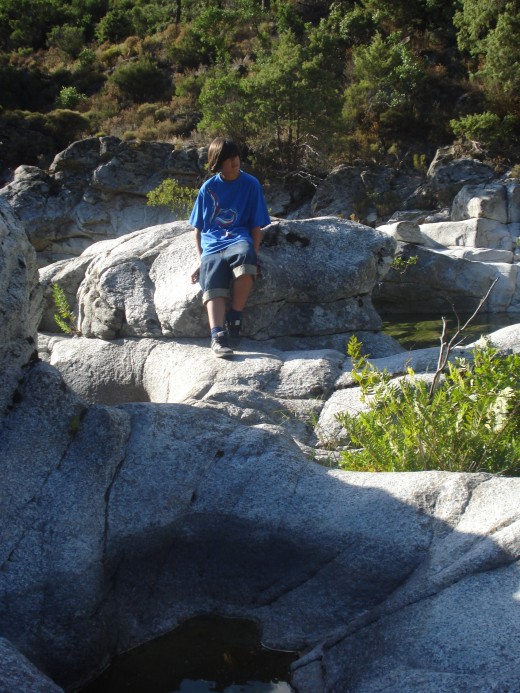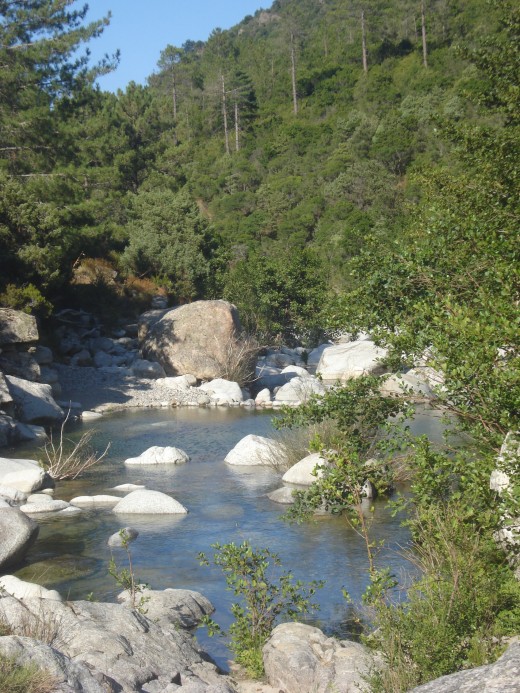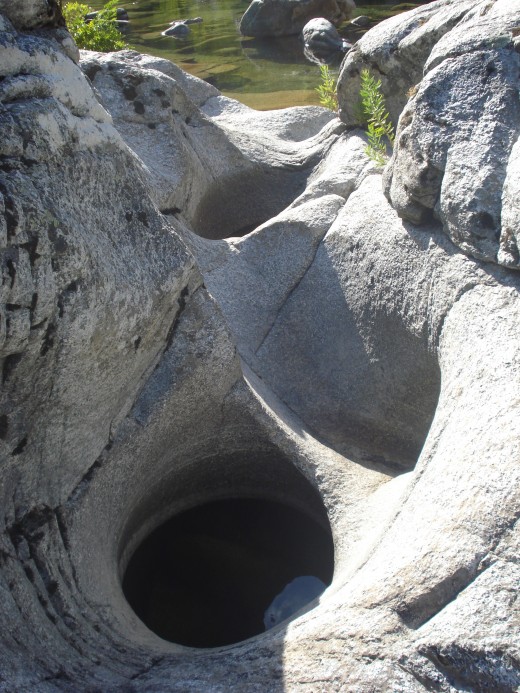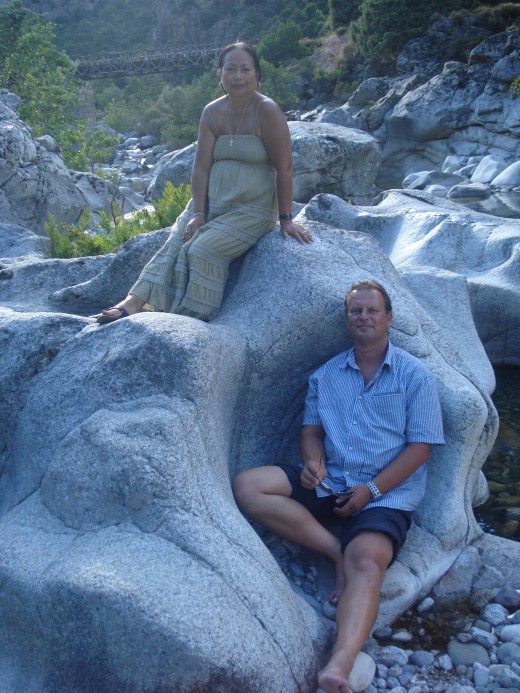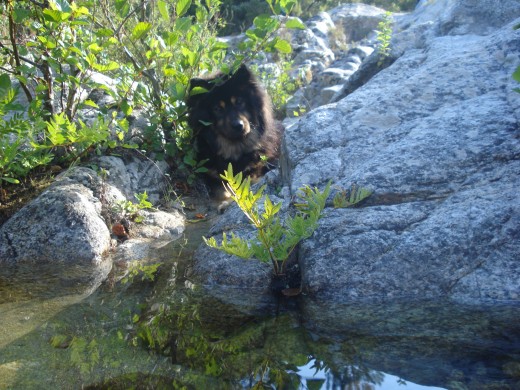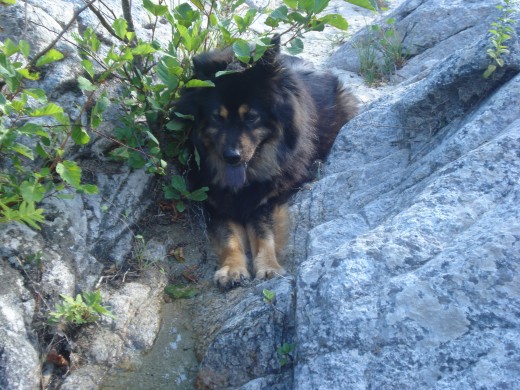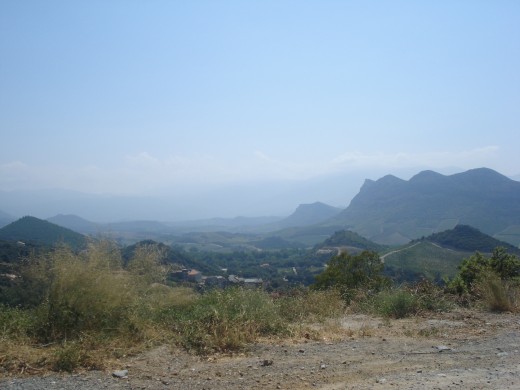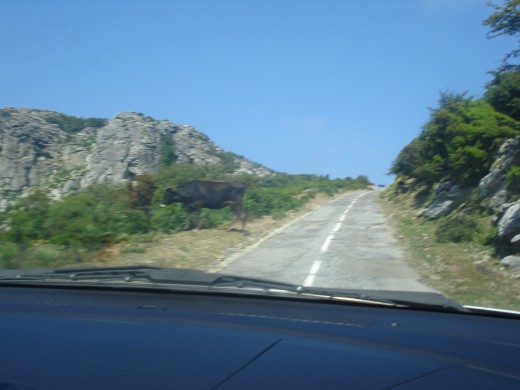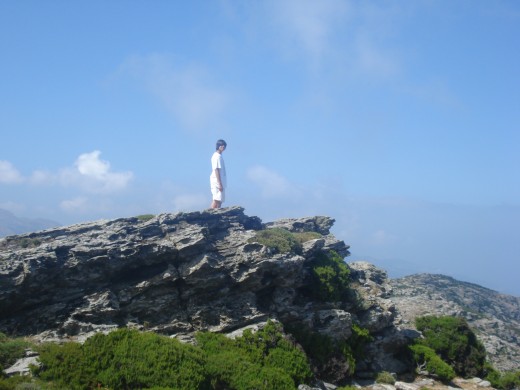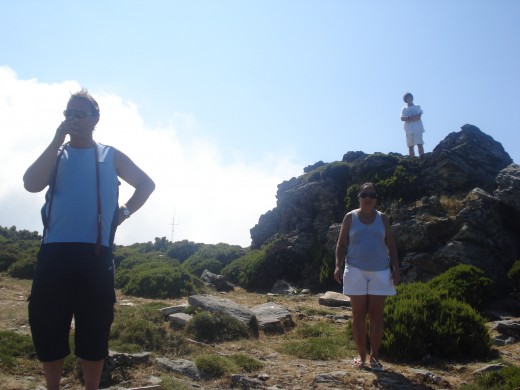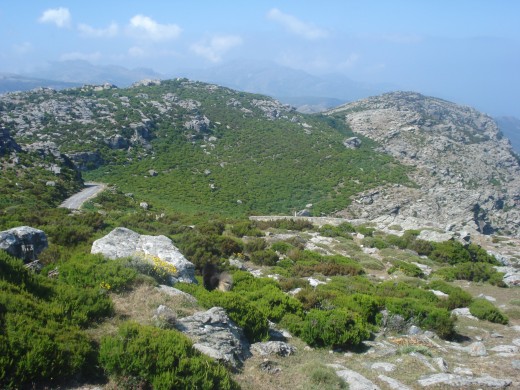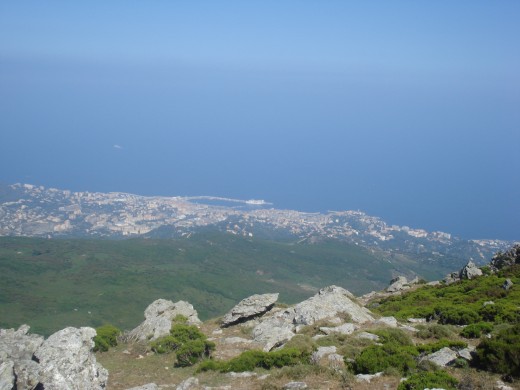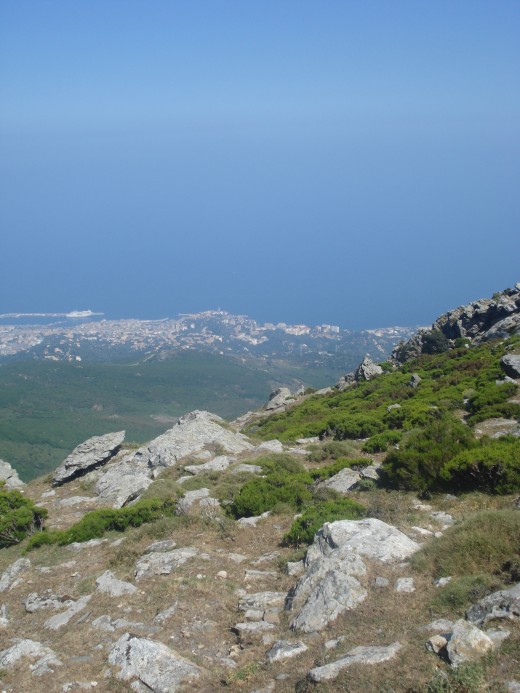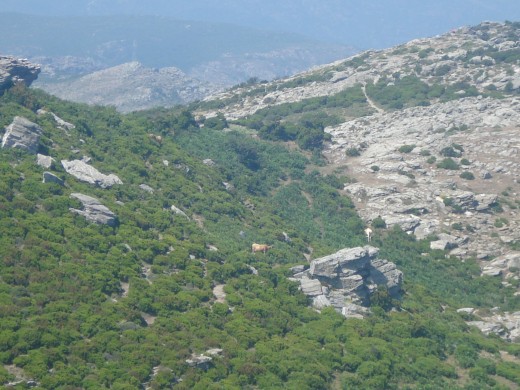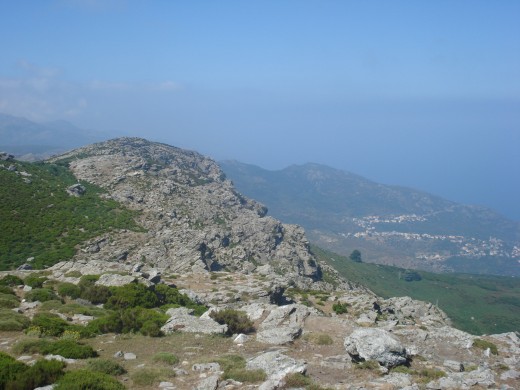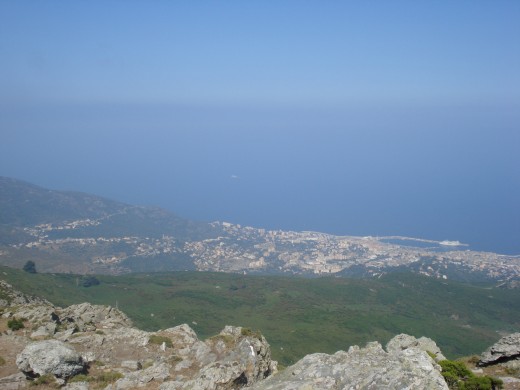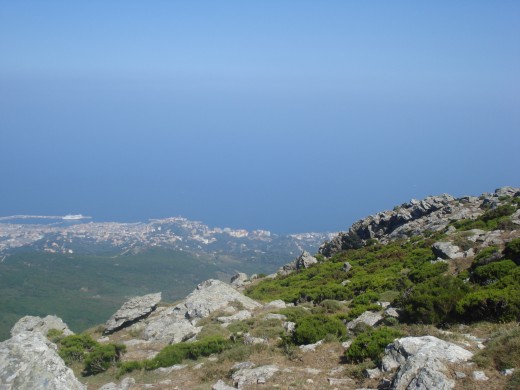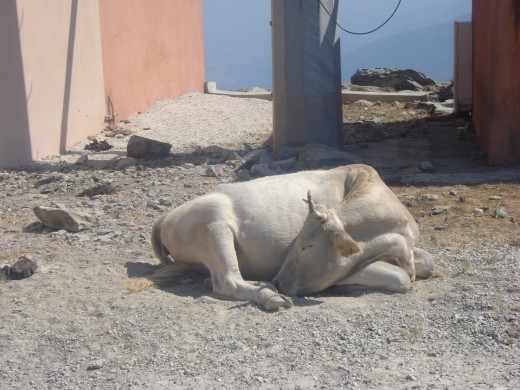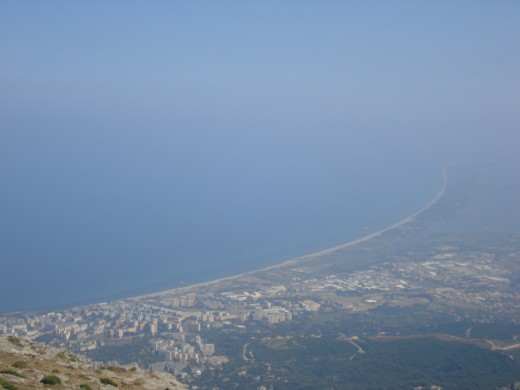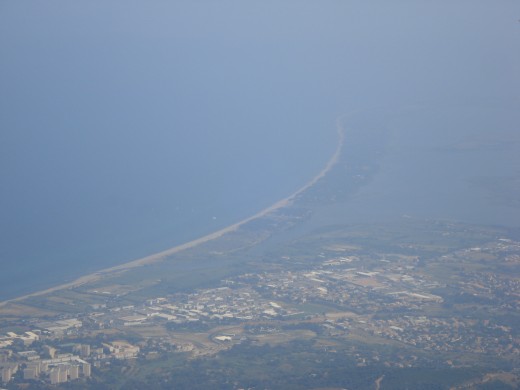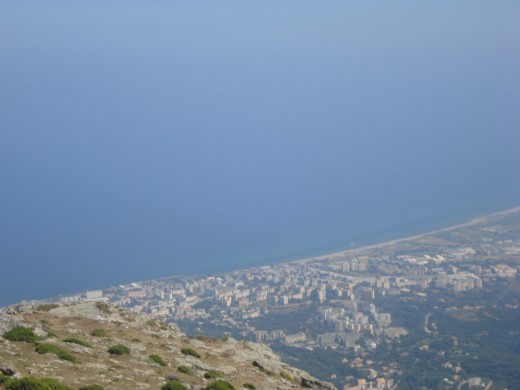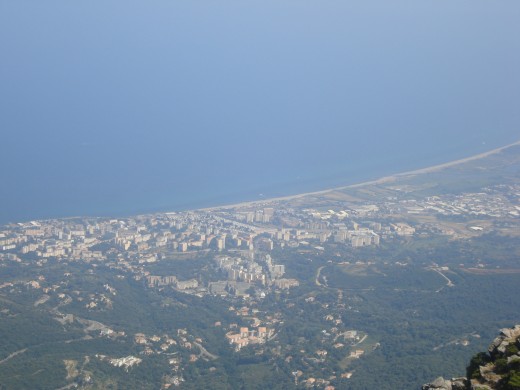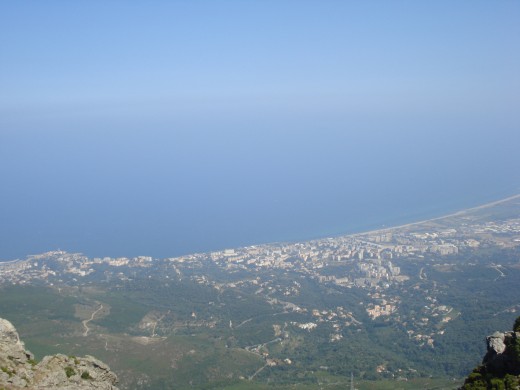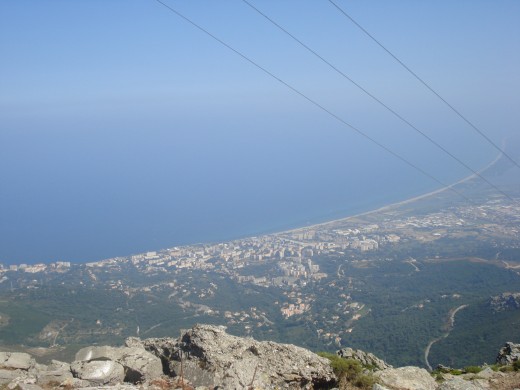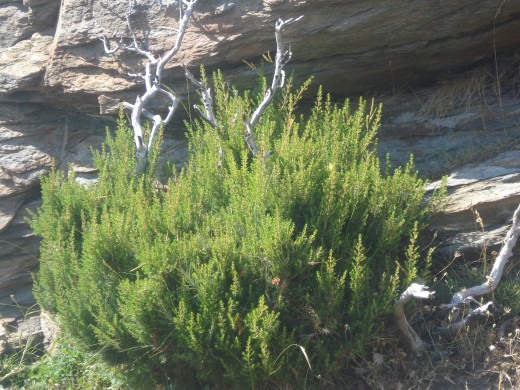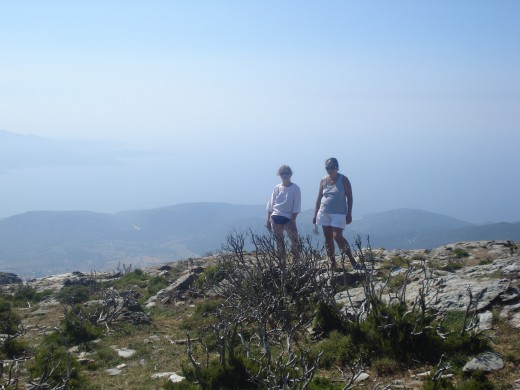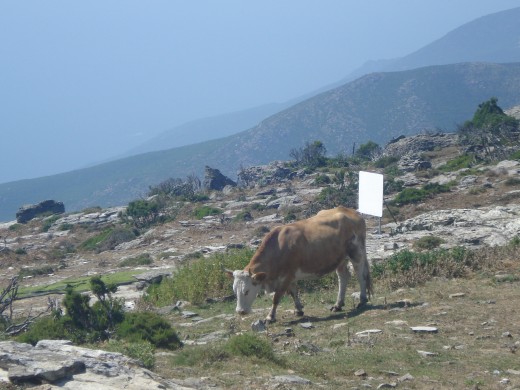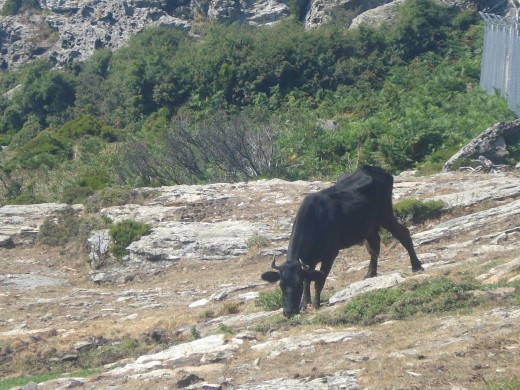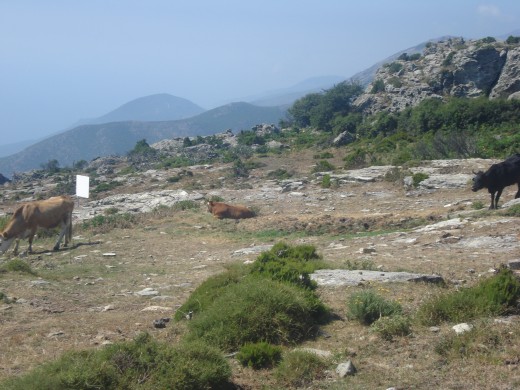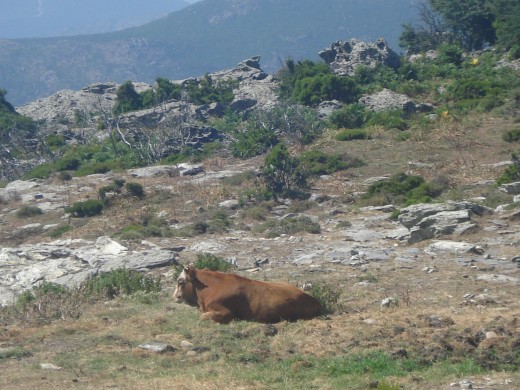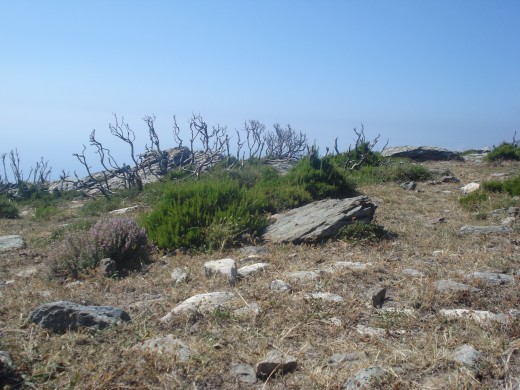Corsica - Cascade de l’Ucelluline - Scala de Santa Regina - Corte - - Part V
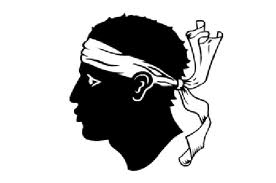
Waterfalls - Cascade de l’Ucelluline
Nearly 39 km south from Bastia and 21 km north of Aléria is the beautiful Costa Verde. Of the community Taglio-Isolaccio in the north to the mouth of the south Alistro this region extends to the east coast of Corsica.
The approximately 17-km, inland to the region adjacent Castagniccia coastline with its beautiful wide sandy beaches, hills and mountains is particularly popular with tourists from France. Holiday villages, hotels, campgrounds and restaurants dominate the image of golden sand beaches of this tourist region.
Extended forests, meadows, fields and small rivers run through inland. Wonderful insights and perspectives on land and sea journey from Prunete to Cervione, the waterfall " Cascade de l'Ucelluline "and San Nicolao after Moriani. South of Moriani is the only marina on the Costa Verde: "Port de Taverna".
Our place is not far from the town of San Nicolao. We started our day trip in the morning at about 10:00 a.m going to the Waterfalls, just a matter of 30 minutes following the route up in the mountain passing by small towns.
It was a very interesting diversion, having some time swimming in the sea water, one can take a bath and picnic up in San Nicolao Waterfalls. One can climb up to the waterfalls, but the route is not easy and a bit dangerous.
After spending some hours in the waterfalls, we went down following the route to the coast passing by Aleria heading to Pinarello beach, a nice sandy white beach where we enjoyed the fresh crystal water after the warm day trip, a little hiking in the waterfalls.
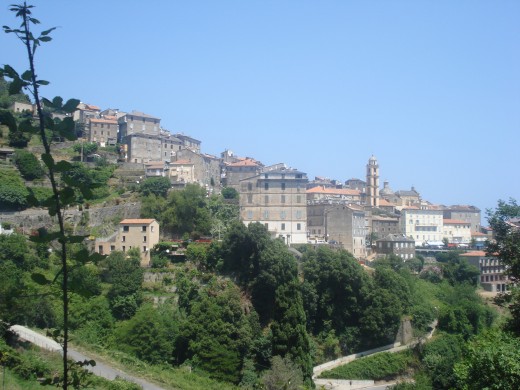
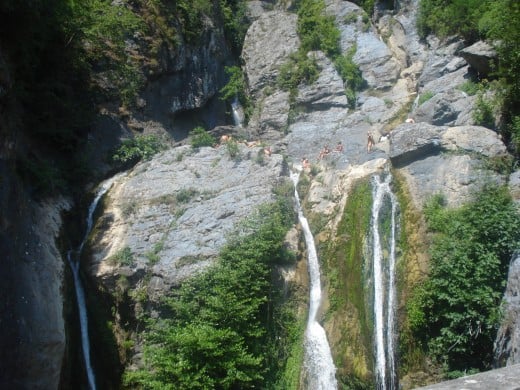
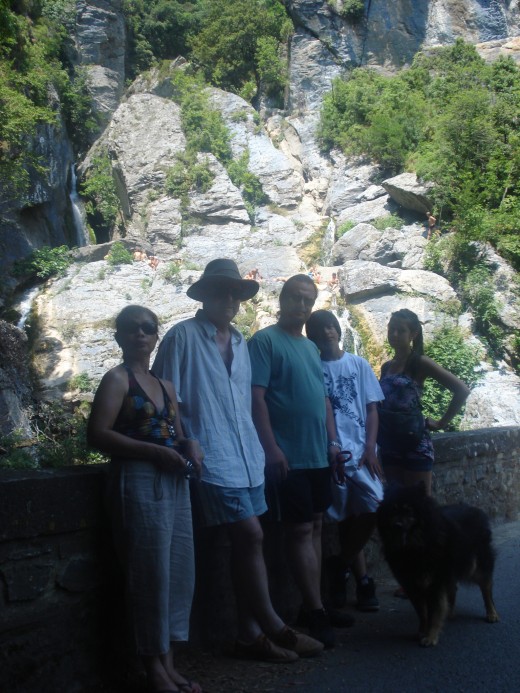
Cascade de l’Ucelluline - Mountain Routes
Click thumbnail to view full-size






















Corte Region - Ponte Castirila - Scala di Santa Regina
After our third week vacation in the west side regions of Corsica we departed for an over night stay in Casa Magdala, located in Ponte Castirila, Corte region. Along our way passing several little towns and high mountains, one can observe goats, cows and pigs passing along the streets and of course the mountain panorama with contrasting structure.
The Scala di Santa Regina is a fascinating narrow street in between high rocky mountains. The mountains has beuatiful rocky structures, along the street is a long creek where some tourist take a bath and spend picnic. Although it is prohibited, one takes her own risk because of the sudden high waters specially after rainy days or when the water dam allow excess water to run along the creek.
Corte, in the heart of the island is blessed with breath taking natural beauty: lush forests, fertile valleys, towering mountains, crystal clear mountain lakes and icy rivers.
The name stands not only for Corte historic old town streets, ancient capital of Corsica and famous valleys, but also it has the only university on the island, which attracts people from many countries here: about half of the nearly 6,000 residents are students.
The main street directing towards Place Paoli, where the statue of Paoli, Corsican freedom fighter Pasquale stood has many small cafes, pubs and locals, the meeting place of students. The building of the university extend along the contrast Tavignano River.
But Corte is not only known for its university. Tourists from all over the world jostles daily
through the narrow streets of old town - they want to see all the symbols of the once independent Corte: the Paoli statue, Place Gaffori, with the statue of the resistance fighter Gianpietro Gaffori, the Place du poilu with the National Palace, served at the time of the Corsican independence as the seat of government and residence of Pasquale Paoli, the Citadel and the Belvedere, from which one has a great view. Between 1755 and 1769 Pasquale Paoli Corte was voted capital of the island. Here the freedom fighters fought for the independence of Corsica from France and introduced a democratic constitution with checks and balances. On 8 May 1769 the Corsican independence failed, but preliminary efforts in the battle of Ponte Novue. Even today, the university town is a symbol for the struggle of the Corsicans for independence and self determination.
The Citadel
The rocky headland on which sits the Citadel, was already in the 9th Century fortified by the Moors, but the castle was built only in 1419 under the Corsican adventurer Vincentello d'Istria. The southern tip of the rocky spur home to the Eagle's Nest (Nid d'Aigle), a projecting bastion on the edge of cliffs, can be seen from the vantage point Belvedère. In the 18th and 19 Century, the castle was rebuilt and extended by the French. Louis XV. began the construction of barracks. During the Second World War, the barracks were converted into dungeons, where Corsican patriots were imprisoned. From 1962 to 1983 in the barracks Serrurier the Foreign Legion was stationed. Today, the citadel housed the Musée de la Corse (Serrurier barracks), the Faculty of Fine Arts, some institutions and the office of the Tourist Information (Padoue barracks).
Corte, the city lies at the confluence of Restonica and Tavignano middle of the Parc Naturel Régional Corse. The Valley of Restonica and Tavignano river are popular hiking areas of the island. A breathtaking natural beauty, numerous hiking trails and crystal clear mountain lakes such as Lake Capitello Melo or pull active holiday-makers from home and abroad. Climbers and riders will also get their costs: the Tavignano valley is reached, for example, only on foot or on horseback.
Please visit my other hub about the Valley of Restonica "Mountain Climbing and Hiking on The Green Island of Corsica".
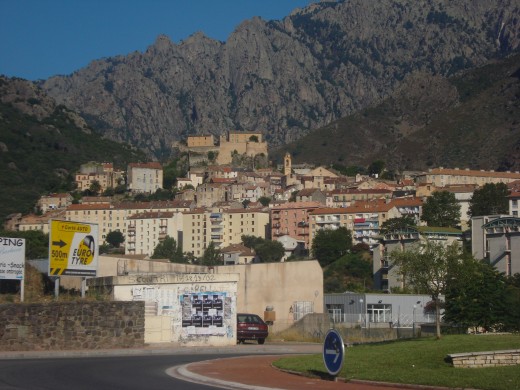
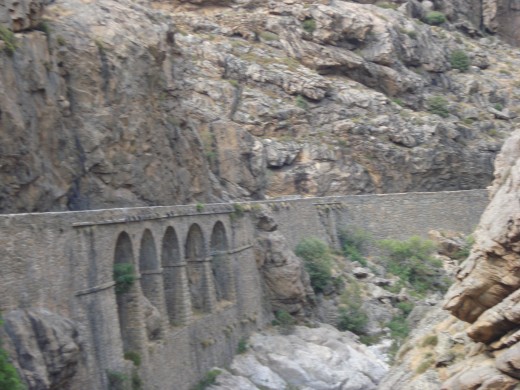
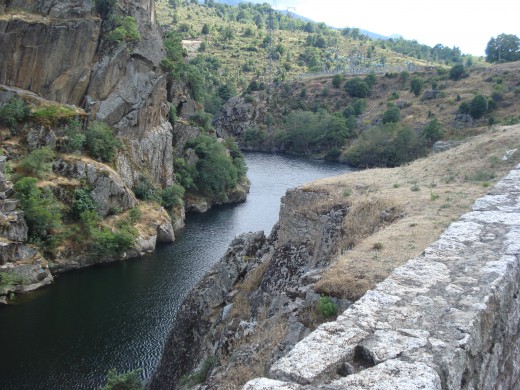
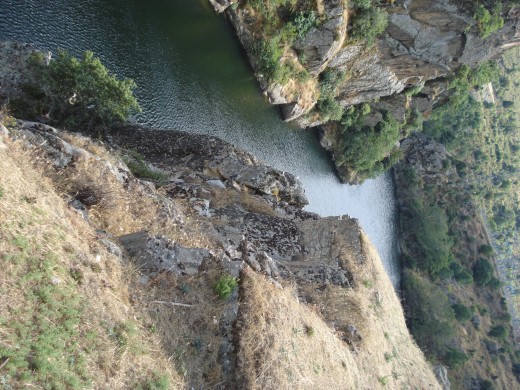
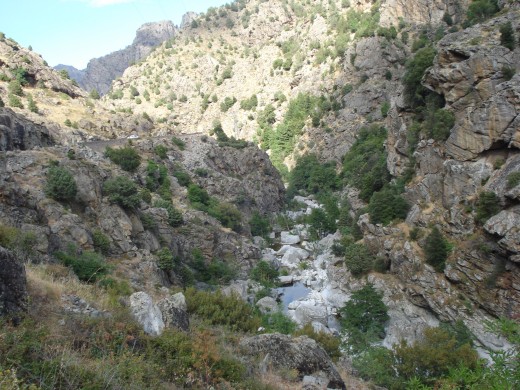
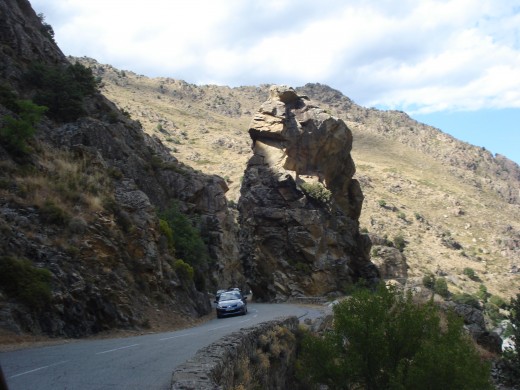
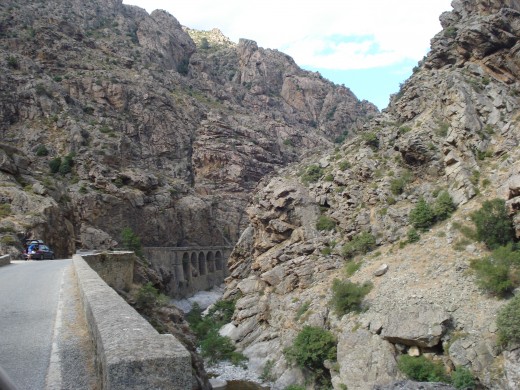
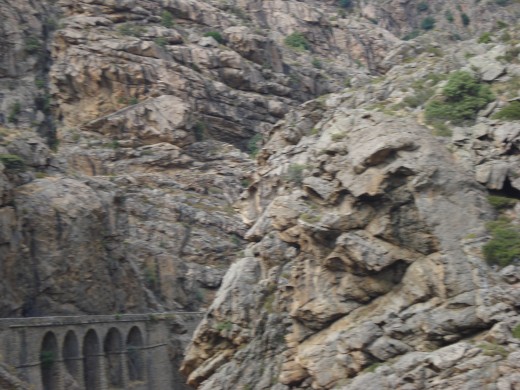
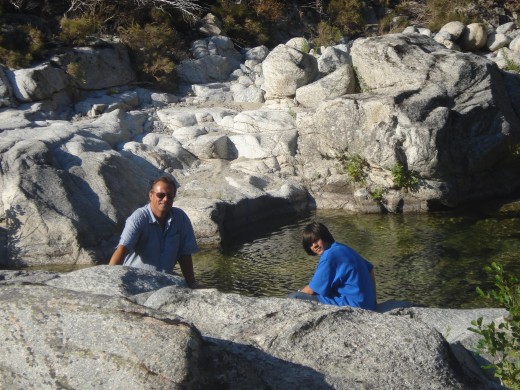
Corte, Castirila, Scala di Santa Regina, Creek
Click thumbnail to view full-size


















A Short Discovery Along The Creek Near Casa Magdala
It was a nice discovery as we took a short time walking along the creek with an ideal bathing area and picnic place. The creek has white stones with all sizes that one can step on and go through the middle and other parts of the creek. The running water has a slow current and lots of basins with clear water to take a bath.
We also went to the nearby lake, passing the water dam to Calacuccia.
It is a little pension house just along the street and is located at the bottom of Ponte Castirila. The bedroom has a unique creative interior design that match the whole environment and a very comfortable atmosphere. Casa Magdala is a typical Corsican house to stay. The simple breakfast is served with a homemade marmalade, Corsican bread, coffee, chocolate milk for the children and fruit juice. We have to close the windows at night so not to hear the sound of cars passing through the street.
The next day we travelled to Bastia to catch our ferry back to Livorno and continue our way home to Bern.
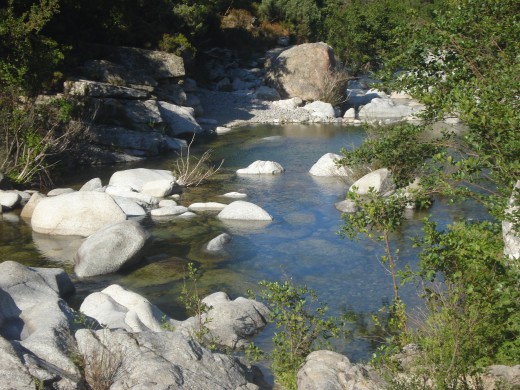
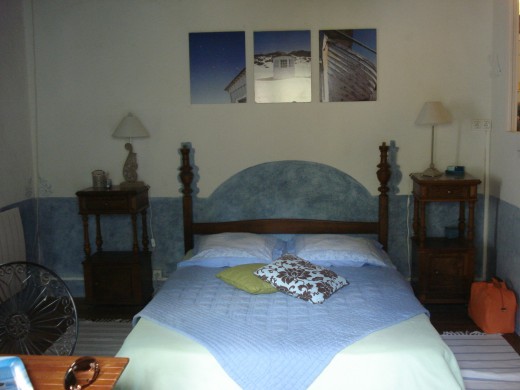
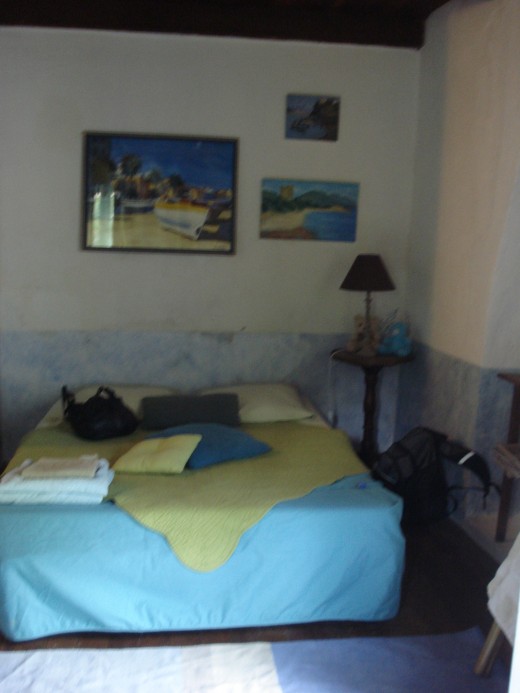
Try Some Corsican Specialities in The Land Region
A typical dinner in the nearby Restaurant just 10 minutes where we stayed in Castirila.
As appetizer, we ordered the famous Corsican smoked beef or meat, like smoked ham, smoked sausages with Corsican white and red wine. My daughter prefer Canneloni, my son steak with pommes, my husband tried the wild pig goulash Corsican art, i wanted the fried cheese with sardines.
The smoked meat was perfect and delicious, so with the goulasch, the fried cheese is good but eating with sardines has a different taste which i rather not combine. Our dessert was fine, cheese dessert with drops of Corsican snaps or rum and the cheese covered with sugar.
We enjoyed our dinner and after we went home to Casa Magdala. Benda took her late dinner, she ate the grilled chicken which we bouhgt in the supermarket.
Corsican Native Food Speciality
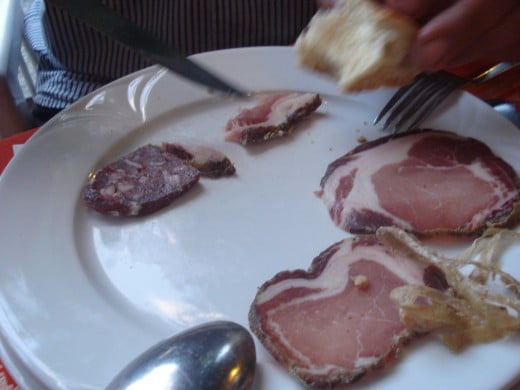
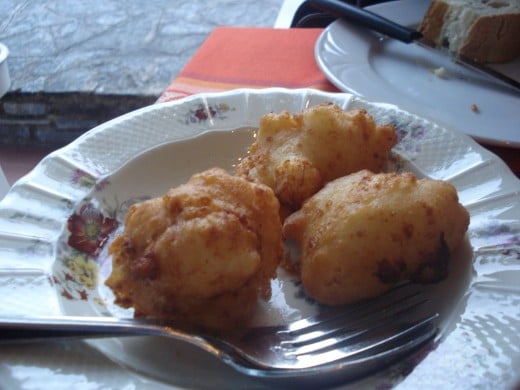
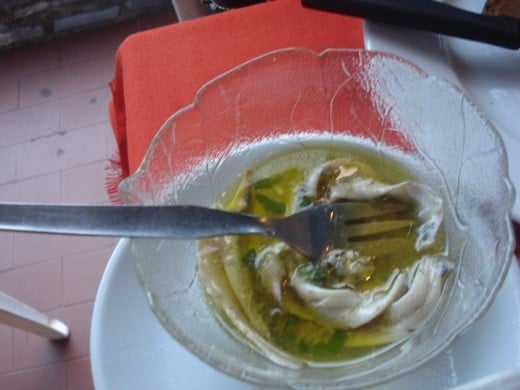
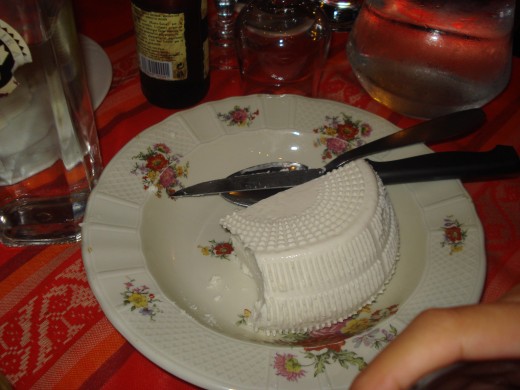
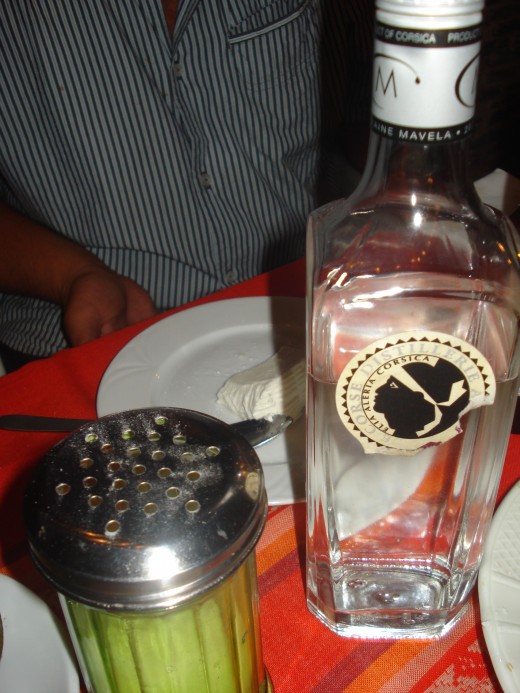
Panorama of Bastia, Costa Verde, Mountain Region
Click thumbnail to view full-size

























Read my Others Hubs About Corsica
© 2011 Carolina

